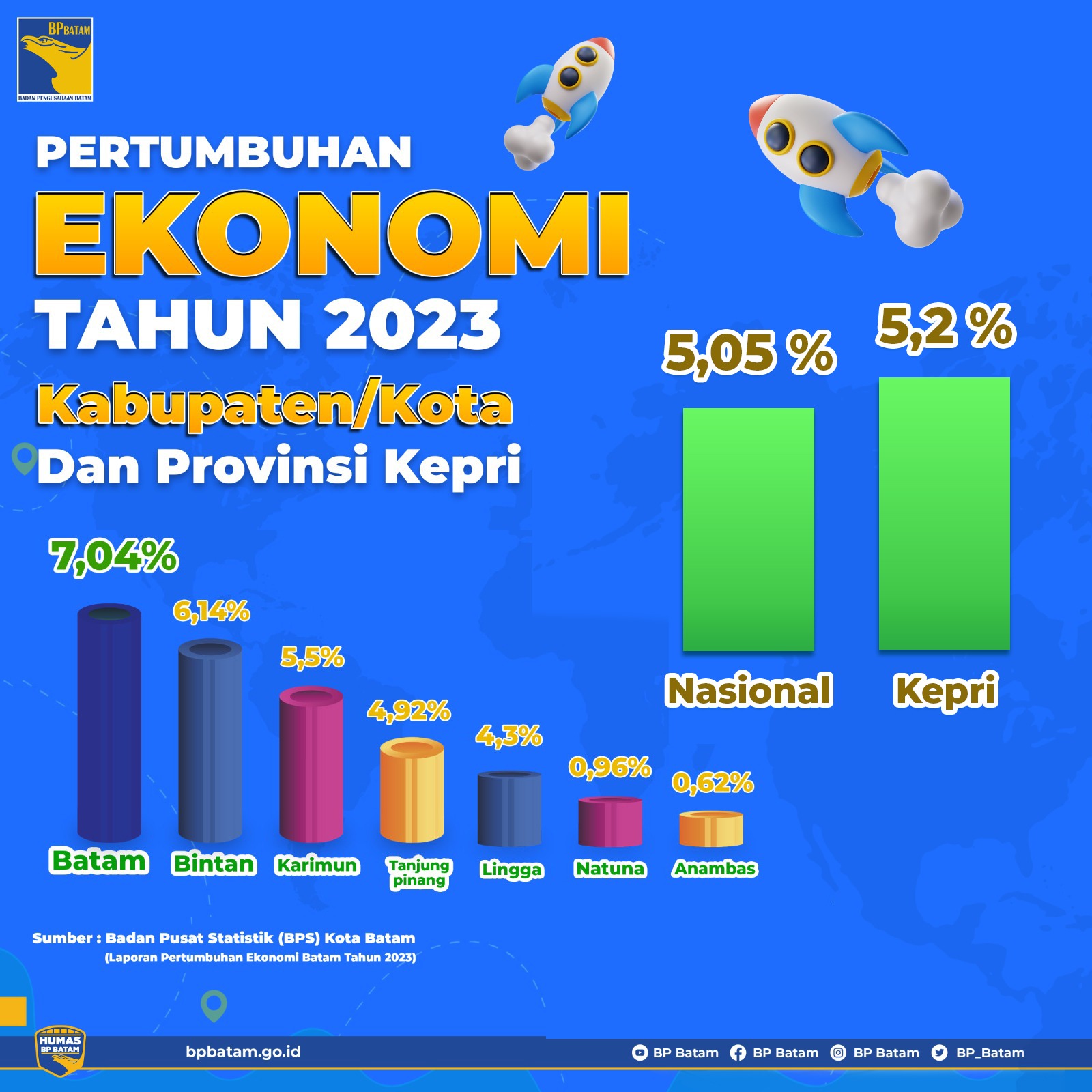United States President-elect Donald Trump campaigned on the simple message that he will fix what he sees as the country’s problems: the border, inflation, housing prices, healthcare.
After Trump won the 2024 election, we asked PolitiFact readers to send us their questions about his campaign promises. Most were about taxes, immigration, abortion, the Affordable Care Act, Social Security and Medicare.
Trump and Republican congressional leaders appear poised to focus on immigration and economic promises. Republicans will have a Senate majority and, pending a few uncalled races, are also expected to have a narrow majority in the House of Representatives.
We tracked and rated 100 promises during Trump’s 2024 campaign. Some hinge on situations not entirely within his control – such as his promise to end the Russia-Ukraine war within 24 hours of taking office.
During Trump’s first presidency, he broke about half his campaign promises, kept about one-quarter and for the rest achieved a compromise.
We asked the Trump campaign about his 2024 promises, including his timeframe for telling the public his priorities for the beginning of his term. The campaign didn’t answer our questions but did send a brief statement.
“The American people re-elected President Trump by a resounding margin giving him a mandate to implement the promises he made on the campaign trail,” transition spokeswoman Karoline Leavitt said. “He will deliver.”
Economy
Reader: “Does Trump plan any tax breaks for middle-income Americans? Any child credits?”
Trump’s plan to renew his 2017 tax bill would not provide new tax cuts so much as prevent a sharp tax escalation that would otherwise have hit if the law expired on schedule in 2025. Trump has not pledged to expand the child tax credit. In March 2023, he did float a “baby bonus” of cash for families with newborns but did not repeat this idea later in the campaign.
Trump promised to end taxation on tips, which would affect about 2.5 percent of workers. Trump also said he’d end taxation of Social Security benefits, overtime pay and car loan interest. All of these policies would require congressional action.
However, Trump has also pledged to enact a 10 percent to 20 percent across-the-board import tariff. If he follows through, the price increases on consumer goods “could more than offset the benefits” of Trump’s other proposed tax changes, Garrett Watson, a Tax Foundation senior policy analyst, said.
Reader: “Does Trump have any plans to reduce the cost of housing and rentals?”
The only promise of Trump’s that addresses housing is his idea to create “freedom cities” on federal land. It’s unclear whether those could be built quickly enough to have any quick, measurable effect on the US housing supply.
But experts said one Trump promise could make housing even more expensive: tighter immigration controls and mass deportations.
Deporting immigrants who are in the country illegally and restricting immigrants legally coming into the country “risks doing serious damage to the supply side of housing”, Stijn Van Nieuwerburgh, a Columbia Business School real estate and finance professor, said. “Some trades like roofing, masonry and drywall installation are highly reliant on immigrant labour. There are persistent labour shortages in plumbing and electrical work that immigrants help mitigate.”
Reader: “Trump has said he would slap Mexico with a 25 percent tariff. I live in Arizona, and a good share of our produce is from Mexico. How will this affect food and tequila prices?”
For grocery costs, experts said the effect on food prices will hinge on the scale of the tariffs Trump decides to impose and whether he allows carve-outs for certain sectors. If the tariffs are broad and deep, they could raise food prices.
“Profit margins for food are very low,” so the likelihood that producers would absorb the increased costs rather than passing them along to consumers “would not be sustainable”, Ross E Burkhart, a Boise State University political scientist and trade specialist, said.
US food producers “cannot quickly raise their production of food to offset the demand for important products”, Burkhart said. With consistent demand but smaller supply, prices would rise.
Tariffs on imported agricultural inputs from tractors to fertiliser would contribute separately to higher food prices, Joseph V Balagtas, a Purdue University agricultural economist, said.
Finally, Trump’s proposed mass deportations and stricter immigration limits would hamper farmers, who rely on immigrant workers. Less labour means more crop spoilage and higher prices, Burkhart said.
As for tequila, its price “will rise with a tariff and undoubtedly so will the cost of a margarita”, Burkhart said.
Immigration
Reader: “Tell me more about this mass deportation plan. Who can he deport? Via what legal and logistical mechanisms?”
Trump promised “to carry out the largest domestic deportation operation in American history”, but he hasn’t detailed plans or explained how he will pay for it. He said he would begin by deporting criminals; that’s not a new idea. Memos under President Joe Biden and former President Barack Obama called for the same.
Trump said he will enlist the help of local law enforcement and the National Guard, but he can expect resistance from Democratic-led states and cities.
In April, he told Time magazine that building mass deportation camps and using the US military were not out of the question. Tom Homan, whom Trump named “border czar”, told Fox News in an interview on Monday that workplace raids will be part of the strategy. NBC News, quoting unnamed sources, reported that the Trump administration aims to double the current 41,000 immigration detention beds in the short-term while people await deportation. NBC reported that options also include using private prisons that are not full.
Immigration experts have told PolitiFact that mass deportation efforts would likely fail because of concerns over cost and constitutionality. The American Immigration Council estimated the cost of a mass deportation plan at $88bn a year for a total cost of $967.9bn over more than a decade.
Reader: “How will Trump repeal birthright citizenship?”
Trump failed during his first presidency to fulfil his promise to end people’s right to automatically have US citizenship when they’re born in the US, regardless of their parents’ immigration status. Legal experts told us that attempts to end birthright citizenship would prompt a court battle and could require a constitutional amendment.
Abortion
Reader: “What policies does Trump plan to enact immediately regarding abortion?”
Trump has neither promised nor announced plans to enact abortion policies. Since April, he has said he believes abortion legislation should be “left to the states” and told reporters he wouldn’t sign a national ban.
In August, Trump told CBS News he wouldn’t use the Comstock Act, a 19th century law that bans mailing “obscene” materials, to prohibit mailing abortion pills.
During his first presidency, Trump endorsed a 20-week national abortion ban that House Republicans backed. Before he adopted his leave-it-to-the-states approach in 2024’s campaign, Trump floated support for 15- or 16-week federal abortion bans.
Trump’s first administration blocked organisations that provide abortion services from receiving certain federal funds. Biden overturned the directive, but the incoming Trump administration could revert to the policy.
Healthcare
Reader: “Could Trump repeal the Affordable Care Act?”
Trump broke his 2016 campaign promise to repeal the Affordable Care Act (ACA). In the past year, he has said he will not try again to repeal it, but he and Congress could change it substantially
To offset tax cuts he’s expected to make, Trump would likely have to consider cutting Medicaid and the Affordable Care Act marketplace, said Cynthia Cox, an ACA expert at KFF, a health policy research group.
Trump’s administration will face a decision next year on whether to back an extension of enhanced premium subsidies for the health law’s insurance plans. Without the enhanced subsidies, steep premium increases are projected. And without the enhanced subsidies, the current 8 percent uninsured rate, which is near a record low, would almost certainly rise.
Reader: “How will Social Security be affected?”
Trump promised not to change the Social Security retirement age or reduce benefit levels.
If he keeps those promises, the programme would continue without changes for the next few years.
However, Trump’s overall proposed fiscal policies, such as tax breaks, would accelerate Social Security’s insolvency by roughly three years, from 2034 to 2031, Committee for a Responsible Federal Budget projections show. This would result in large, across-the-board cuts in beneficiary payments, starting six years from now. The committee estimated a 33 percent cut in benefits in 2035 unless the retirement age or taxes are raised or benefits are cut by a smaller amount; that’s up from the 23 percent cut currently projected.
LGBTQ issues
Reader: “Does Trump support same-sex marriage?”
As many politicians from both major political parties did, Trump changed his stance on same-sex marriage. In 2015, Trump said, “I think the institution of marriage should be between a man and a woman.” But shortly after he was elected in 2016, he described the issue as “settled” by the US Supreme Court.
In 2015, the US Supreme Court ruling in Obergefell v Hodges meant that same-sex marriage became legal nationwide. Before the 5-4 ruling, about three dozen of the 50 states allowed same-sex marriage.
Reader: “What impact could [Trump’s] administration have on transgender [health]care?”
Trump opposes youth access to gender-affirming care. He said he would ask Congress to pass a law “prohibiting child sexual mutilation in all 50 states”. This year, several such congressional bills did not become law. Experts have told PolitiFact it is inaccurate to characterise gender-affirming surgeries as “mutilation”.
The Supreme Court will hear arguments on December 4 in United States v Skrmetti about the legality of a Tennessee law that prohibits gender-affirming care for minors. A ruling is expected in 2025’s first half and could affect the legality of proposed future federal actions.
Elana Redfield, an LGBTQ legal issues expert at the Williams Institute at the University of California, Los Angeles, said Trump is likely to rescind a Biden administration rule that categorises many denials of gender-affirming care as prohibited discrimination.
Project 2025
Reader: “[How] does Project 2025 work into [Trump’s] plan?”
Project 2025 is a 900-page policy document written by conservative policy experts, many of whom have ties to Trump’s first administration. Trump has distanced himself from the plan.
Some of Project 2025’s policy goals overlap with Trump’s campaign promises, such as eliminating the federal Department of Education, reinstating a ban on transgender people serving in the military, constructing a southern border wall and reclassifying federal workers to make them easier to fire.
But there are other Project 2025 ideas that Trump did not personally espouse. For example, Project 2025 had pages of suggested changes – many of them vague – for the National Weather Service and the National Oceanic and Atmospheric Administration (NOAA). We rated claims that Project 2025 wants to get rid of the two agencies as half-true, and we found no such proposals on Trump’s issues page on his campaign website.
“There is zero percent chance that anything in Project 2025 related to NOAA or weather will ever be considered or implemented,” Ryan Maue wrote on X. Maue is a meteorologist who briefly served as NOAA’s chief scientist under Trump, The Washington Post reported.
Education
Reader: “What is going to happen to public schools?”
During his campaign, Trump followed the lead of a generation of conservative activists who have called for abolishing the Education Department, but it has not happened. The department provides about 10 percent of the school budgets nationally for kindergarten through 12th grade, enforces laws that affect funding for special education and low-income students, and oversees the $1.6 trillion federal student loan programme.
If Trump doesn’t eliminate the department, other options could include eliminating programmes, removing career bureaucrats or proposing tighter budgets.
Michael J Petrilli, president of the conservative Thomas B Fordham Institute and a Trump critic, told PolitiFact that Trump likely will have little direct impact on education policy, given that the issue is not a top priority for him. Petrilli does not see Congress jettisoning the Education Department, but he said there could be notable indirect effects on schools. For example, Petrilli said Trump’s deportation plans raise questions about whether the federal government will educate children in detention.
Petrilli said: “Who is going to stand up such schools? Pay for them?”
PolitiFact staff writers Grace Abels, Samantha Putterman and Maria Ramirez Uribe contributed to this report.

 1 minggu yang lalu
1 minggu yang lalu




:strip_icc():format(webp)/kly-media-production/medias/4974549/original/054761200_1729489016-Serang_Beirut_Malam_Hari__Israel_Targetkan_Cabang_Keuangan_Hizbullah.jpg)
:strip_icc():format(jpeg)/kly-media-production/medias/4974929/original/059107200_1729512961-WhatsApp_Image_2024-10-21_at_18.07.05.jpeg)

:strip_icc():format(jpeg)/kly-media-production/medias/4971251/original/027865000_1729139289-IMG_20241017_110701.jpg)

 English (US) ·
English (US) ·  Indonesian (ID) ·
Indonesian (ID) ·